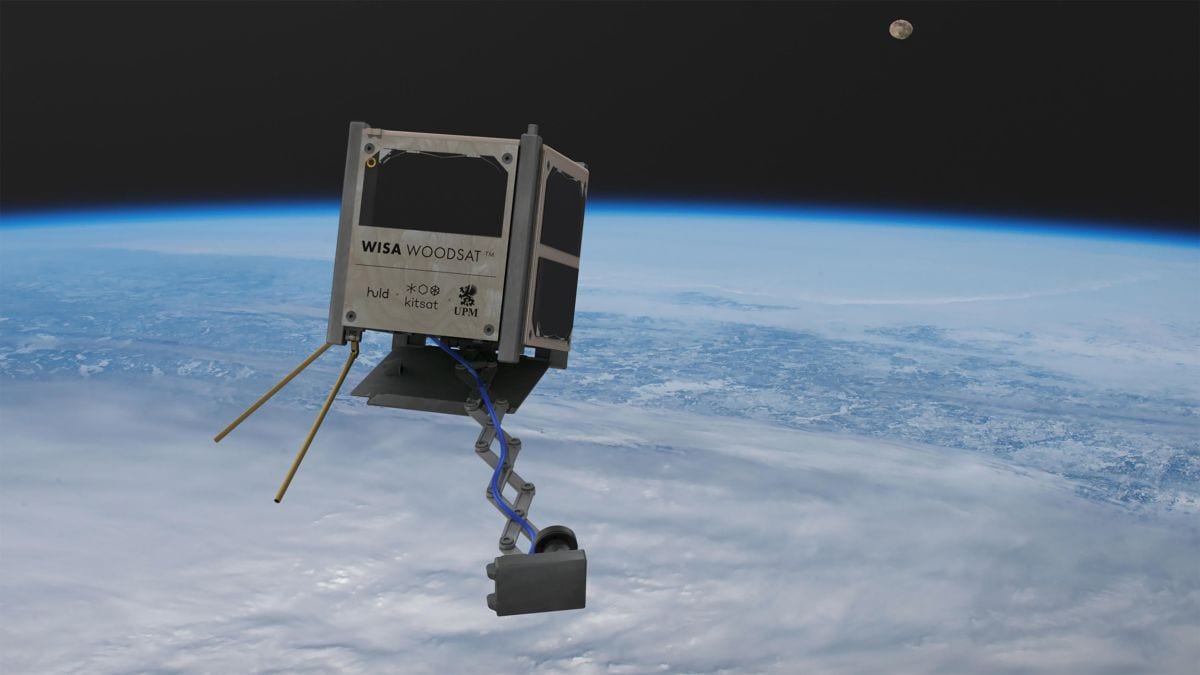The emerging technology for spacecraft and satellites has produced the very best in cutting edge steel and other metals.
It stands to reason, then, that the next step for progress in space is … wood?
A company based in Finland has decided to explore the option, sending the world’s first satellite made of wood into orbit.
Ari Voutilainen, the space project manager for UPM Plywood, said in April the mission “carries a profound message of replacing fossils with renewable wood-based materials …”
Arctic Astronautics, as part of a mission to test its plywood panels against the extreme conditions in space, is serving up a satellite barely big enough to hold a hamster.
Launching later this year, WISA Woodsat measures 4 by 4 by 4 inches and weighs a little more than two pounds. The coated plywood (called WISA) makes up its surface panels.
“The base material for plywood is birch, and we’re using basically just the same as you’d find in a hardware store or to make furniture,” Woodsat chief engineer Samuli Nyman, who is also the Arctic Astronautics co-founder, said in a statement.
“The main difference is that ordinary plywood is too humid for space uses, so we place our wood in a thermal vacuum chamber to dry it out. Then we also perform atomic layer deposition, adding a very thin aluminum oxide layer.”
Two cameras are included aboard the nanosatellite – one on a metal selfie stick to provide the scientists a view of how the plywood reacts.
The satellite, powered by nine small solar cells, includes a radio payload that will allow a radio-signal relay and images to be transmitted worldwide.
The European Space Agency has stepped aboard, too, helping the mission with sensors to track performance. The ESA also will help with pre-flight testing.


















Add comment